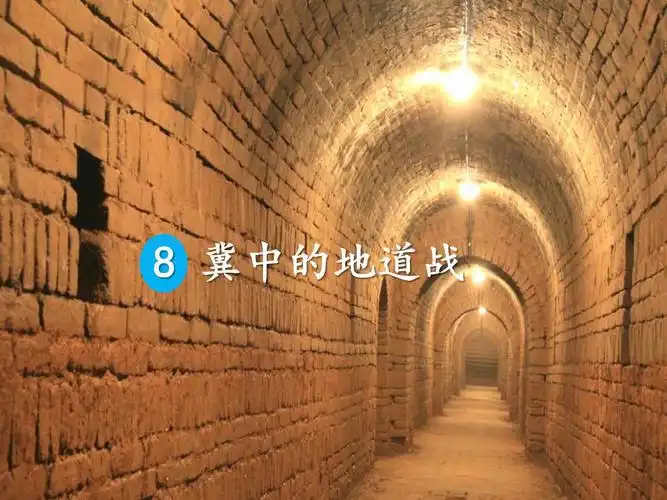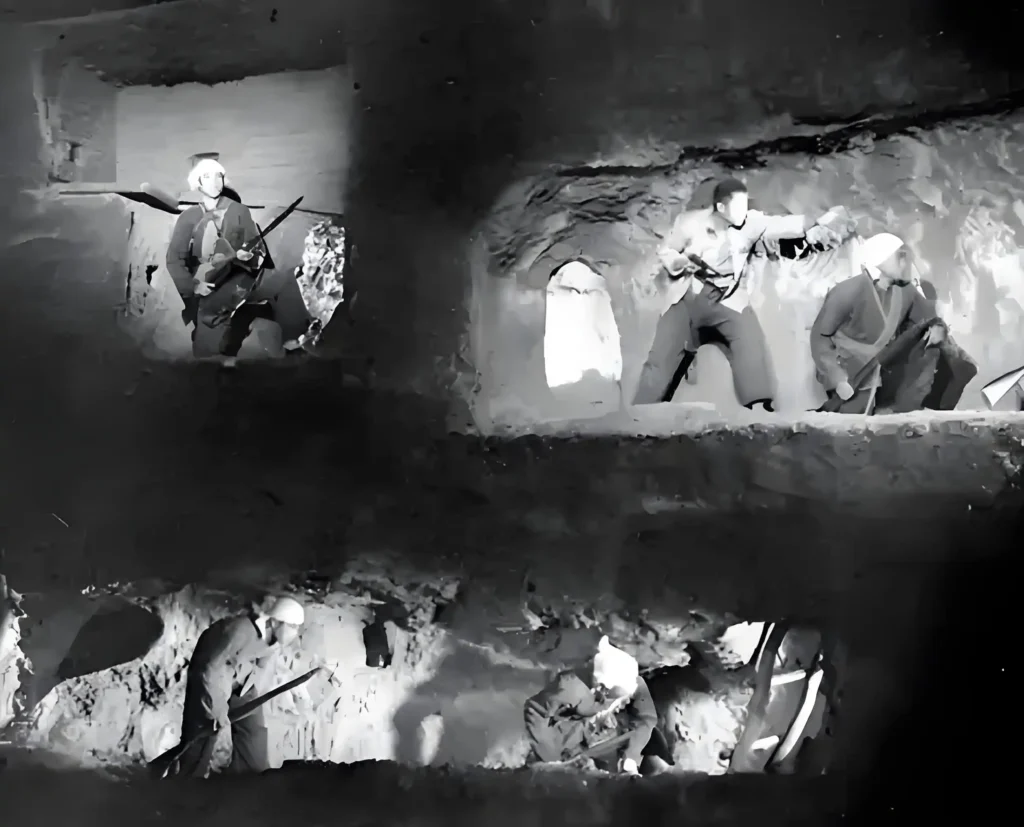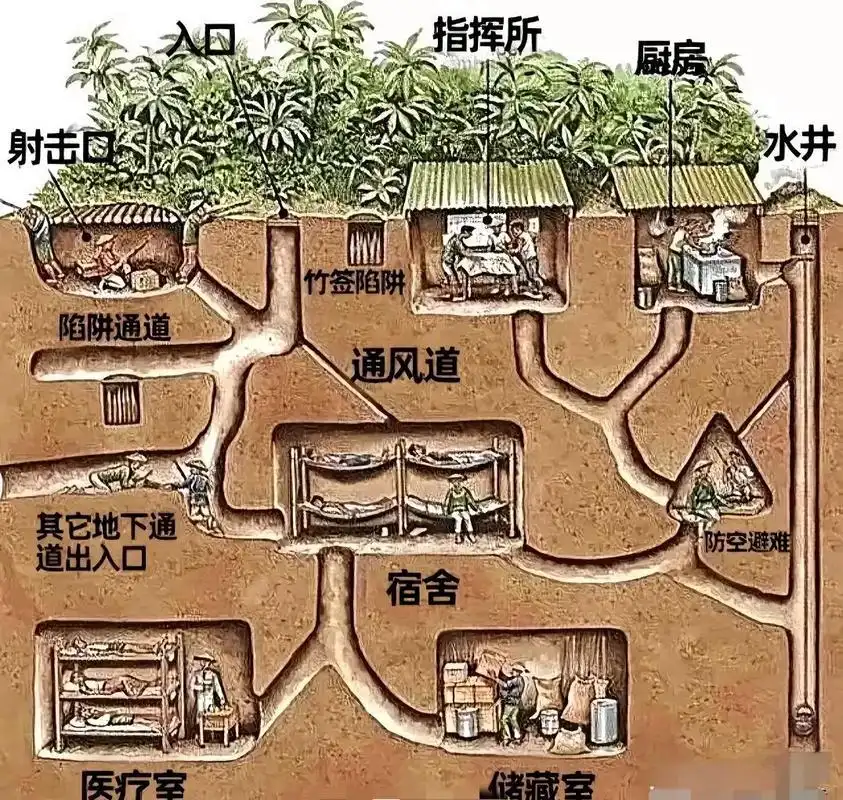Beneath the wheat fields and villages of North China Plain lie hidden three-dimensional mazes. These are not amusement park rides but an “underground Great Wall” dug by villagers over 80 years ago with shovels and sweat—both a lifeline and a battlefield.

Survival by Digging: A Grassroots Solution
After the full outbreak of the Second Sino-Japanese War in 1937, Japanese forces launched the brutal “Three Alls Policy” (Burn All, Kill All, Loot All) in North China Plain. With flat land offering no hiding spots, villagers in Hebei began digging underground. Early shelters like “toad holes” (tiny pits for one person) failed to stop invaders. By 1942, locals and soldiers created multi-functional tunnel mazes for hiding, fighting, and living.

At their hardest times, villagers farmed by day and dug tunnels by oil lamp at night. Without steel or cement, they used wooden sticks to support walls. Without pumps, they scooped groundwater with basins. An elderly man from Ranzhuang, Hebei, recalled: “Tunnels collapsed as we dug, but no one stopped—stopping meant death.”

An Underground City More Complex Than an Ant Colony
These tunnels were not simple holes but fully equipped mazes:
Three-Layer Traps: The first layer hid people, the second was for combat, and the third was for escape. Fake entrances trapped enemies.

Deadly Tricks: Flip-door traps, poison gas walls, waterproof gates, and even homemade cannons at tunnel exits made Japanese soldiers feel “they’d entered hell.”

Underground Life: Command centers, hospitals, weapon workshops, and food stores were hidden below. In Jiaozhuanghu, Baoding, tunnels connected to wells and kitchens, with smoke from chimneys tricking enemies.

In Qingyuan County, Hebei alone, tunnels stretched over 16,000 kilometers (half the Earth’s circumference), forming a village-linked “underground internet.”
Today’s New Missions: Education and Tourism
Educational Base:
Schoolchildren learn from descendants of wartime militias how to disguise tunnel entrances and experience how villagers fought enemies underground. This hands-on learning sparks patriotic spirit better than textbooks.
Living Museum:
The Ranzhuang Tunnel Warfare Site in Hebei preserves 600 meters of original tunnels. Visitors crouch through 1-meter-high passages and touch gas-proof walls, feeling the truth of the saying: “To lag behind is to be beaten.”
This post is also available in Afrikaans, Azərbaycan dili, Bahasa Indonesia, Bahasa Melayu, Basa Jawa, Bosanski, Català, Cymraeg, Dansk, Deutsch, Eesti, Español, Esperanto, Euskara, Français, Frysk, Galego, Gàidhlig, Hrvatski, Italiano, Kiswahili, Latviešu valoda, Lietuvių kalba, Magyar, Nederlands, O'zbekcha, Polski, Português, Română, Shqip, Slovenčina, Slovenščina, Suomi, Svenska, Tagalog, Tiếng Việt, Türkçe, Íslenska, Čeština, Ελληνικά, Беларуская мова, Български, Кыргызча, Македонски јазик, Монгол, Русский, Српски језик, Татар теле, Українська, Қазақ тілі, Հայերեն, עברית, ئۇيغۇرچە, اردو, العربية, سنڌي, فارسی, كوردی, پښتو, नेपाली, मराठी, हिन्दी, অসমীয়া, বাংলা, ਪੰਜਾਬੀ, ગુજરાતી, தமிழ், తెలుగు, ಕನ್ನಡ, മലയാളം, සිංහල, ไทย, ພາສາລາວ, ဗမာစာ, ქართული, አማርኛ, ភាសាខ្មែរ, 日本語, 简体中文, 繁体中文 and 한국어.
